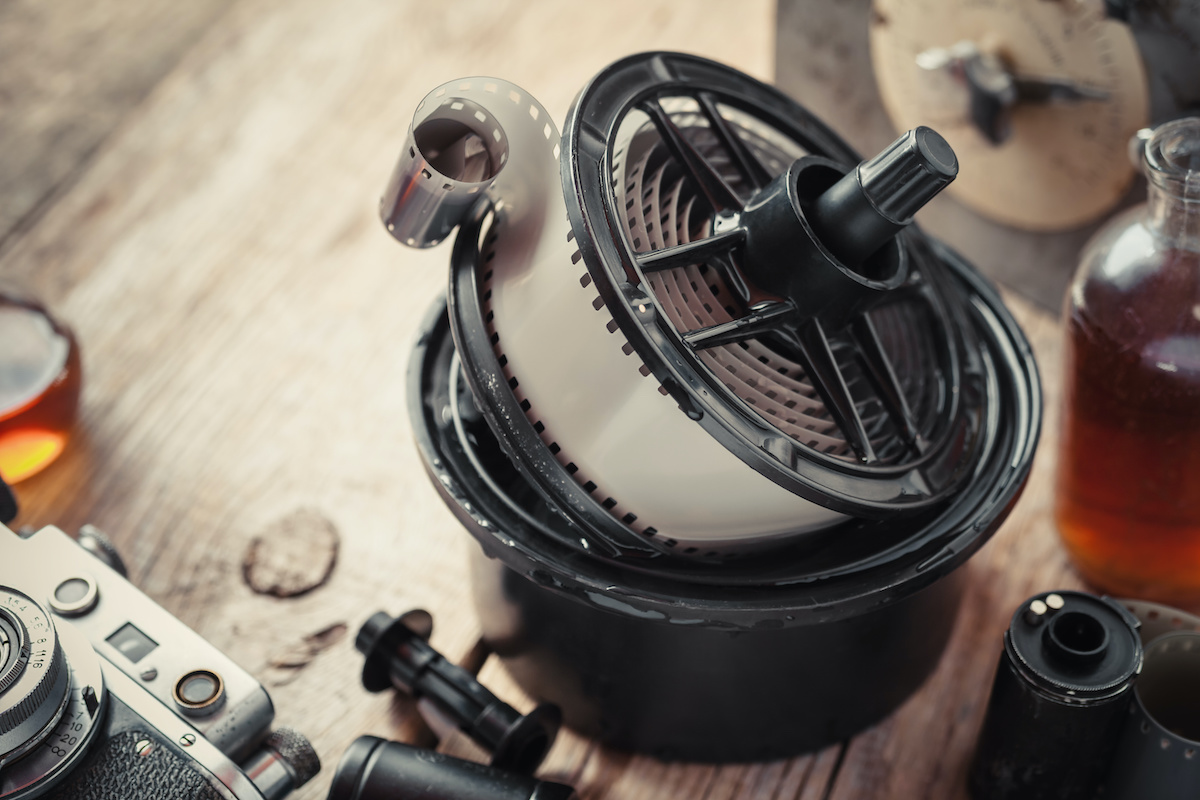

Articles
How To Store Developed Film
Modified: January 18, 2024
Learn the best techniques for storing developed film with our comprehensive articles. Preserve your precious memories with expert tips and advice.
(Many of the links in this article redirect to a specific reviewed product. Your purchase of these products through affiliate links helps to generate commission for Storables.com, at no extra cost. Learn more)
Introduction
Film photography has experienced a resurgence in popularity in recent years, with many photographers rediscovering the unique qualities and artistic possibilities of shooting on film. Whether you develop your own film or rely on a professional lab, proper storage is crucial to safeguarding your precious negatives and ensuring their longevity.
When it comes to storing developed film, there are several factors to consider. Temperature, humidity, exposure to light, and proper handling techniques all play a role in preserving the quality and lifespan of your negatives. In this article, we will explore the importance of proper film storage and provide useful tips to help you maintain the integrity of your developed film.
Key Takeaways:
- Preserve the Magic: Store developed film in cool, dry, and dark environments to protect against moisture, light exposure, and temperature fluctuations. Use archival-quality containers and handle with care for lasting memories.
- Organize for Posterity: Establish a systematic archiving method, label and catalog negatives, and consider digital backups for long-term preservation. Maintain optimal storage conditions and handle with clean, dry hands to safeguard your film collection.
Read more: How To Store Film
Importance of Proper Film Storage
Proper film storage is essential for preserving the quality and longevity of your developed negatives. Film, especially black and white film, is sensitive to environmental factors such as temperature, humidity, and exposure to light. Failure to store your film correctly can result in degradation, color shifts, loss of detail, and even complete loss of the image.
One of the primary enemies of film is moisture. High humidity levels can cause your film to stick together, resulting in permanent damage. Additionally, moisture can lead to the growth of mold or fungus on the film, which can irreversibly damage your negatives. To prevent these issues, it is crucial to store your film in a cool and dry environment with controlled humidity levels.
Another crucial factor in film storage is temperature. Extreme temperatures can cause film to expand and contract, leading to warping and distortion. It is best to store your film in a temperature-controlled environment, ideally between 50°F to 70°F (10°C to 21°C). Avoid storing your film in places prone to fluctuations in temperature, such as attics or garages.
Exposure to light is another important consideration. Film is light-sensitive, so it is important to keep your developed negatives away from direct sunlight and artificial light sources. Prolonged exposure to light can lead to fading, color shifts, and loss of image quality. Store your film in light-tight containers or sleeves to protect it from unnecessary exposure.
Besides environmental factors, proper handling and care are also crucial in film storage. Always handle your film with clean, dry hands to avoid transferring oils, dirt, or moisture onto the negatives. Use cotton gloves or clean microfiber cloths when handling film to prevent fingerprints and smudges. Store your negatives in archival-quality sleeves or pages to prevent scratching and damage from contact with other surfaces.
Overall, the importance of proper film storage cannot be overstated. By taking the necessary precautions to control temperature and humidity, avoiding exposure to light, and implementing proper handling techniques, you can ensure the longevity and integrity of your developed film.
Choosing the Right Storage Containers
When it comes to storing your developed film, selecting the right storage containers is vital for proper protection and preservation. There are various options available, each with its own advantages and considerations.
One popular choice is archival-quality plastic sleeves or negative pages. These sleeves are made from materials that are free from acids and other harmful chemicals that can degrade your film. They come in different sizes to accommodate different formats, such as 35mm, medium format, or large format film. Archival sleeves provide excellent protection against scratches, dust, and light exposure.
Another option is storing your film in metal film cans. These cans are specifically designed to shield film from light and physical damage. They usually come with a tight-fitting lid or a built-in light seal to prevent any light leaks. Metal film cans are durable, but it’s essential to ensure they are clean and dry before placing your negatives inside to avoid moisture buildup.
If you prefer a more compact storage solution, film archival boxes are a popular choice. These boxes are typically made from acid-free materials and come in various sizes to accommodate different quantities of film. Archival boxes provide an additional layer of protection against dust, light, and moisture, and they are easy to stack and organize.
Regardless of the storage containers you choose, it’s crucial to label them properly. Include details such as the date of development, type of film, and any other relevant information. This will help you keep track of your film collection and easily locate specific negatives when needed.
Remember, the key is to choose storage containers that provide a suitable environment for your developed film – protecting it from light, moisture, dust, and physical damage. By investing in quality storage containers, you can ensure that your film negatives remain well-preserved for years to come.
Controlling Temperature and Humidity Levels
Temperature and humidity control are crucial elements in preserving the quality and longevity of your developed film. Improper levels of either can result in damage and deterioration over time. Here are some tips for maintaining appropriate temperature and humidity conditions for film storage:
Temperature:
It is important to store your developed film in a cool and stable temperature environment. Extremes in temperature can cause film to expand or contract, leading to warping, cracking, or distortion. Aim to store your film in an area with a consistent temperature of around 50°F to 70°F (10°C to 21°C) to minimize these risks.
Avoid storing film in places prone to temperature fluctuations, such as attics or basements. These areas can experience drastic changes in temperature, posing a higher risk to the integrity of your film. Ideally, a climate-controlled room or cabinet is the best option for optimal temperature stability.
Humidity:
Controlling humidity levels is just as important as maintaining the right temperature. High humidity can lead to moisture accumulation, causing films to stick together, potential mold or fungus growth, and deterioration of image quality.
Keep your film in an environment with a relative humidity (RH) level between 30% to 50%. This range helps minimize the risks of moisture-related damage. Investing in a dehumidifier or using desiccant packs within your storage area can assist in maintaining appropriate humidity levels.
It’s important to note that different film formats may have varying sensitivity to humidity. For example, color films are generally more sensitive to high humidity than black and white films. Take this into consideration when storing different types of film and adjust humidity control measures accordingly.
Air Circulation:
Adequate air circulation within your film storage area is also important. Stagnant air can contribute to higher humidity levels and provide a breeding ground for mold and fungus. Ensure that there is proper ventilation to promote air movement and prevent any stagnant air pockets.
Regular Monitoring:
Regularly monitor the temperature and humidity levels in your film storage area using a hygrometer. This will allow you to identify and address any fluctuations or issues promptly. Make adjustments as necessary to maintain optimal conditions for your film’s preservation.
By controlling temperature and humidity levels, you can significantly prolong the lifespan of your developed film. Implementing these measures will help protect your negatives from environmental damage and ensure the quality of your images for years to come.
Avoiding Exposure to Light
Light exposure is a significant concern when it comes to storing developed film. Film, especially color film, is highly sensitive to light, and prolonged exposure can lead to fading, color shifts, and loss of image quality. Here are some essential tips to help you avoid unnecessary light exposure for your film:
Store in Light-Tight Containers:
When storing developed film, it’s crucial to keep it in light-tight containers or sleeves. These containers are designed to block out light and provide maximum protection for your negatives. Look for archival-quality sleeves or sleeves specifically designed for film storage. Ensure that the containers have good seals to prevent any light leaks.
Choose Dark Storage Locations:
Selecting a dark storage location is key to avoiding light exposure. Choose an area away from direct sunlight or artificial light sources. Storage closets, cabinets, or dedicated darkrooms are ideal options. If you’re storing your film in a room with windows, choose a spot away from the windows or cover the windows with blackout curtains or blinds.
Avoid Fluorescent or UV Light:
Avoid storing your film near fluorescent lights or any other lighting that emits UV rays. UV light is especially harmful to film and can cause irreversible damage. If you do have light sources in your storage area, consider using low-intensity LED lights that emit minimal UV light.
Handle Film in Low-Light Conditions:
When handling your developed film, it’s essential to do so in low-light conditions. If possible, use a dimly lit room or cover your work area with a cloth to minimize any stray light. This will help reduce the risk of accidental light exposure while handling your negatives.
Minimize Exposure During Inspection:
While it’s necessary to inspect your developed film for quality and organization purposes, it’s essential to minimize exposure to light during this process. Use a darkroom or a changing bag to examine or sort your film. These controlled environments prohibit any light from reaching your negatives and ensure their protection.
Be Conscious of Exposure Time:
Even brief exposure to light can have an impact on your film, so it’s best to minimize the time your film spends outside of its light-tight storage. When removing film from its container or sleeve, do so quickly and return it to the dark storage area as soon as possible.
By taking these precautions and avoiding unnecessary light exposure, you can preserve the integrity and quality of your developed film. Protecting your negatives from light damage ensures that your images remain vibrant and true to their original intent.
After developing film, ensure it is completely dry before storing to prevent mold. Store in a cool, dry place away from sunlight and extreme temperatures. Use archival sleeves or boxes for long-term preservation.
Read more: How To Store Film Rolls
Handling and Storing Film Negatives
Proper handling and storage of film negatives are essential to maintain their longevity and quality. Negatives are delicate and sensitive to scratches, fingerprints, and environmental factors. Here are some tips to help you handle and store film negatives correctly:
Clean Hands and Gloves:
Before handling film negatives, ensure that your hands are clean and dry. Oils, dirt, and moisture from your hands can transfer onto the negatives, causing damage or degradation over time. Consider wearing cotton gloves or using clean, lint-free microfiber cloths when handling negatives to prevent fingerprints and smudges.
Avoid Touching the Image Area:
The image area of your film negatives is the most sensitive and susceptible to damage. Try to avoid touching this area whenever possible. Hold the negatives by the edges or use plastic film-handling tools to reduce the risk of leaving marks or scratches on the image area.
Use Acid-Free Archival Sleeves or Pages:
When storing film negatives, it’s important to use acid-free archival sleeves or pages. These materials are specifically designed to protect against degradation and chemical reactions that could damage the negatives. Choose sleeves or pages that fit the size of your negatives and ensure they are made from materials that are free from harmful chemicals.
Place Negatives in an Enclosed Storage Container:
After placing your negatives in archival sleeves or pages, store them in an enclosed storage container that provides further protection. Metal film cans or film archival boxes are excellent choices as they shield the negatives from light, dust, and physical damage. Ensure the containers are clean, dry, and have a tight-fitting lid or built-in light seals to keep out any light leaks.
Organize and Label Negatives:
To keep your film negatives organized and easily accessible, consider organizing them chronologically or by subject in your storage containers. Additionally, label your negatives with relevant information such as the date of development, location, or any other details that may be helpful for future reference.
Store in a Cool, Dry, and Dark Environment:
When it comes to storing film negatives, the ideal environment is cool, dry, and dark. Aim for a temperature of around 50°F to 70°F (10°C to 21°C) and a relative humidity level between 30% to 50%. Avoid storing negatives in areas prone to temperature and humidity fluctuations, such as attics or basements.
Avoid Excessive Compression:
When storing film negatives in storage containers, avoid placing them under excessive compression. Stack them horizontally to distribute the weight evenly and prevent any unnecessary pressure on the negatives.
By following these guidelines for handling and storing film negatives, you can protect them from damage and ensure their longevity. Proper care and storage will help maintain the quality of your film negatives, allowing you to enjoy them for years to come.
Archiving and Organizing Developed Film
Archiving and organizing developed film is crucial for easy retrieval, protection, and long-term preservation. Proper organization ensures that you can locate specific negatives quickly and efficiently. Here are some tips to help you archive and organize your developed film:
Establish a System:
Create a consistent system that works for you in terms of organizing your developed film. Consider organizing them chronologically or by subject matter, location, or any other criteria that make sense for your photography projects. Consistency is key to ensure that you can easily locate specific negatives when needed.
Label and Catalog:
Labeling and cataloging your developed film is essential for easy identification and retrieval. Add relevant details such as the date of development, location, subject matter, and any additional notes or keywords that will help you remember the context of the images. Maintain a separate log or digital catalog to keep track of the details associated with each roll of film.
Use Archival Sleeves or Pages:
Store your developed film negatives in archival-quality sleeves or pages. These acid-free materials ensure that the negatives are protected from chemical reactions and degradation over time. It is best to use transparent sleeves or pages so you can see the contents without removing the negatives.
Consider Index Sheets:
Index sheets are a helpful tool for quickly identifying the contents of each roll of film. Create a contact sheet or scan the negatives to generate thumbnail images. Place these index sheets at the front of each storage section or folder, allowing you to visually navigate through your film archive.
Store in Alphanumeric Order:
For larger film collections, consider storing your developed film in alphanumeric order. Assign each roll or container a unique code and arrange them accordingly. This systematic approach makes it easier to locate specific negatives, especially when dealing with a large number of rolls.
Consider Digital Backups:
To further ensure the preservation of your developed film, consider creating digital backups of your negatives. Scan or digitize your film to create high-resolution digital files. Store these files on external hard drives, cloud storage, or other digital backup systems. This provides an additional layer of protection against physical damage or loss and allows for easy access and sharing.
Maintain Storage Conditions:
When archiving your developed film, it is crucial to maintain suitable storage conditions. Keep your film in a cool, dry, and dark environment to preserve its quality. Regularly monitor the temperature and humidity levels to ensure they remain within acceptable ranges.
By implementing a systematic archiving and organizing strategy, you will be able to easily locate and protect your developed film negatives. Proper organization and preservation will enable you to enjoy and share your photographic memories for years to come.
Tips for Long-Term Film Storage
When it comes to long-term film storage, taking additional precautions ensures the continued preservation and quality of your developed negatives. Here are some tips to consider for storing your film for an extended period:
Choose High-Quality Archival Materials:
Invest in high-quality archival materials, such as acid-free sleeves, pages, or storage boxes, designed specifically for film preservation. These materials are made to prevent chemical interactions and provide a protective barrier against moisture, dust, and light exposure.
Avoid Extreme Temperature and Humidity Conditions:
Extreme temperatures and high humidity can have a detrimental effect on film. Store your developed negatives in a cool and dry environment with a temperature range of 50°F to 70°F (10°C to 21°C) and a relative humidity level between 30% to 50%. Keeping them away from basements, attics, or areas prone to temperature fluctuations is essential.
Regularly Monitor and Maintain Storage Conditions:
Continue to monitor the temperature and humidity levels of your storage area regularly. Use a hygrometer to ensure conditions remain stable. Make adjustments as needed, such as using dehumidifiers or desiccant packs to control moisture levels and maintaining a stable temperature throughout the year.
Consider Vault or Safety Deposit Box Storage:
If you have valuable or irreplaceable film negatives, you may consider storing them in a reliable vault or a safety deposit box at a bank. These secure facilities provide a controlled environment and offer an extra layer of protection against theft, fire, or other unforeseen disasters.
Create Digital Backups:
To preserve your film for the long term, consider creating digital backups of your negatives. Scan or digitize your developed film to create digital copies that can be stored on external hard drives, cloud storage, or other reliable digital backup systems. This allows you to access and share your images while keeping the physical negatives safely stored.
Avoid Excessive Handling:
Minimize the handling of your film negatives, especially as they age and become more fragile. Excessive handling can lead to scratches, fingerprints, or accidental damage. Handle them carefully with clean and dry hands or wear cotton gloves to minimize the risk of transferring oils, dirt, or moisture onto the negatives.
Regularly Inspect and Maintain Film Storage:
Periodically inspect your film storage containers, sleeves, and pages for any signs of damage or deterioration. Replace any worn or damaged sleeves or pages to ensure maximum protection. Keeping your storage area clean and free from dust will also help maintain the quality of your film negatives.
Avoid Exposure to Strong Magnetic Fields:
Avoid storing your film negatives near strong magnetic fields, such as speakers or powerful magnets. These magnetic fields can potentially disrupt the image and quality of your film over time.
Keep a Detailed Inventory:
Maintain a detailed inventory or list of your film negatives and their corresponding storage locations. This will help you quickly find specific negatives and keep track of your collection, particularly if you have a large number of rolls or different storage containers.
By following these tips for long-term film storage, you can ensure the continued preservation and quality of your developed negatives. With proper care and attention, your film negatives will be enjoyed for generations to come.
Conclusion
Proper storage of developed film is crucial for preserving the quality, integrity, and longevity of your precious negatives. By implementing the right techniques and precautions, you can ensure that your film remains well-protected and ready to be enjoyed for years to come.
From choosing the right storage containers, controlling temperature and humidity levels, avoiding exposure to light, and handling and storing film negatives properly, each aspect plays a vital role in maintaining the quality of your developed film. By utilizing archival-quality materials, creating a systematic organization system, and implementing regular monitoring and maintenance, you can safeguard your film against environmental factors, deterioration, and external damage.
Remember to handle film with clean and dry hands or gloves, store it in light-tight containers, and protect it from excessive handling and exposure to strong magnetic fields. Creating digital backups can provide an additional layer of protection and accessibility. Additionally, keeping a detailed inventory of your film negatives will simplify locating specific rolls and maintaining an organized archive.
By following these guidelines and adopting best practices, your developed film will retain its original quality and allow you to relive cherished moments captured on film. Whether you’re an avid film photographer or simply want to safeguard your precious memories, taking the time to store your developed film correctly is an investment in maintaining their longevity and value.
So, apply these tips, dedicate a suitable storage space, and ensure proper handling and care for your developed film. Preserve your negatives with care and enjoy the timeless beauty of film photography for years to come.
Frequently Asked Questions about How To Store Developed Film
Was this page helpful?
At Storables.com, we guarantee accurate and reliable information. Our content, validated by Expert Board Contributors, is crafted following stringent Editorial Policies. We're committed to providing you with well-researched, expert-backed insights for all your informational needs.
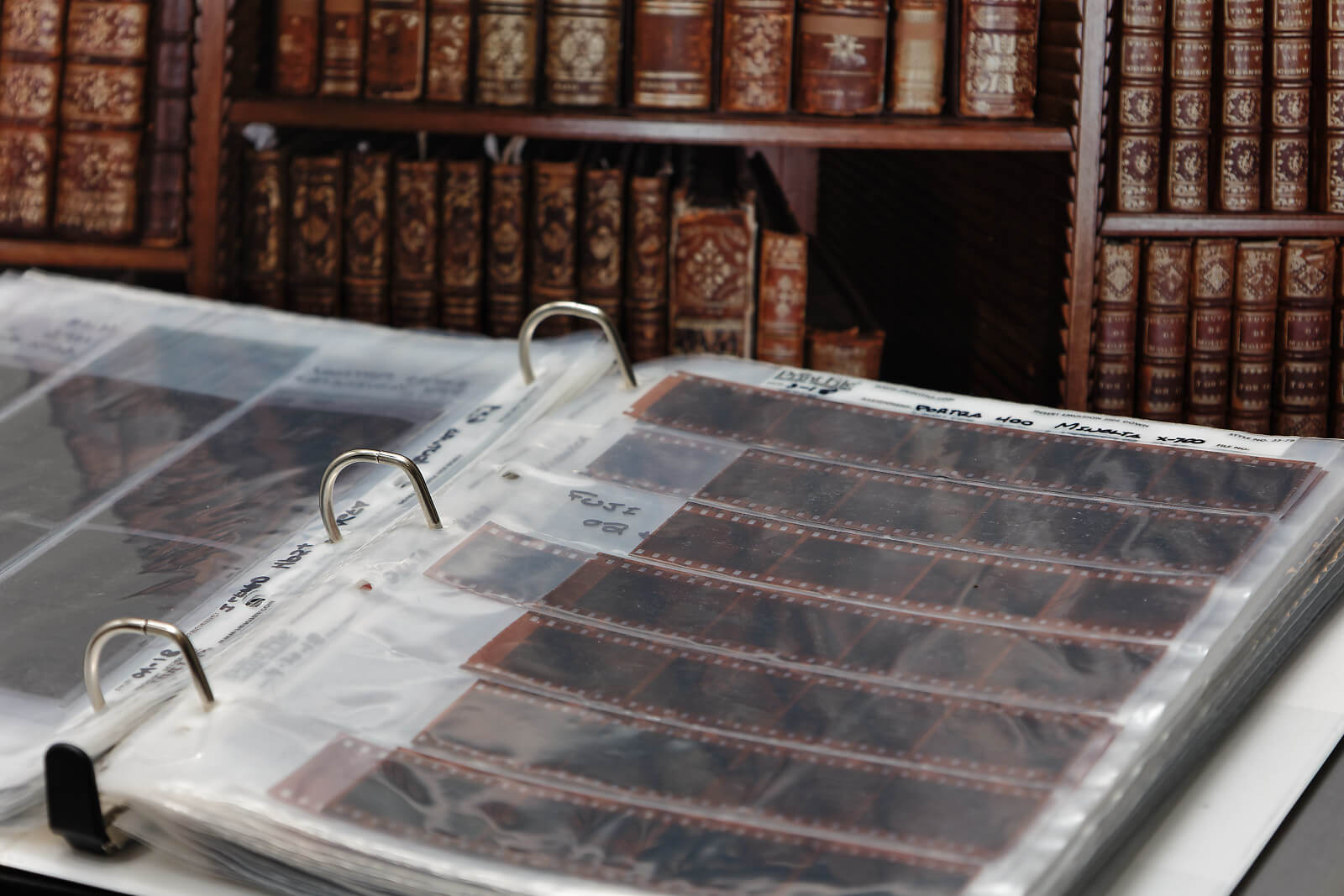
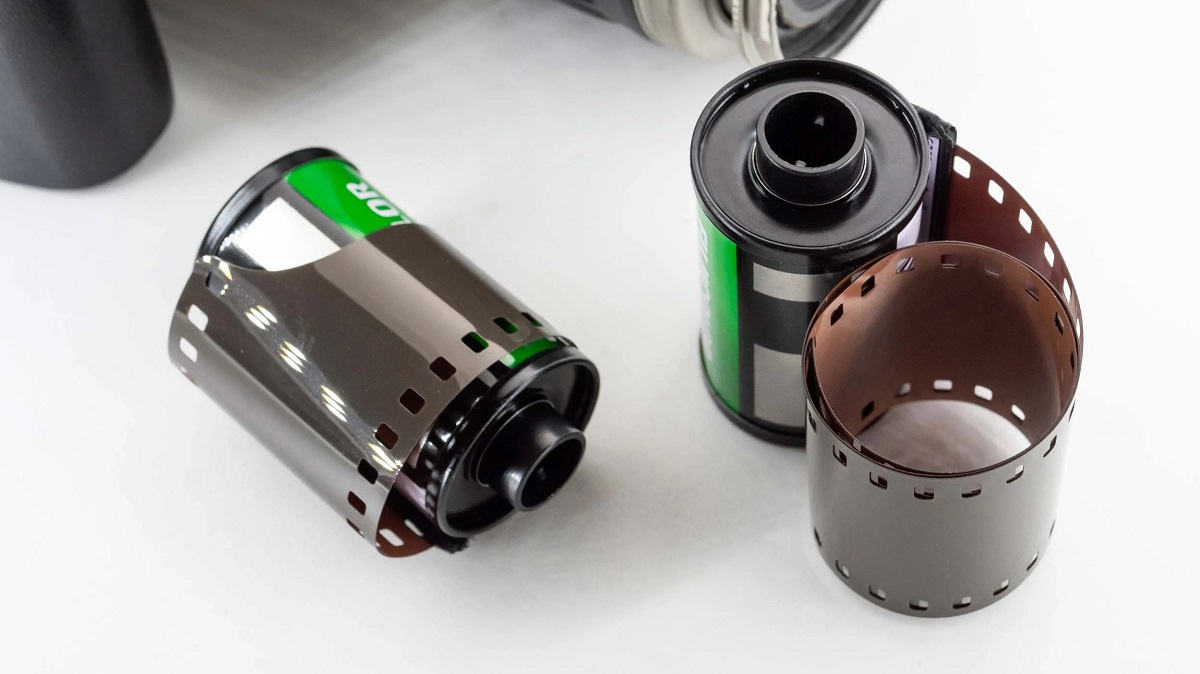
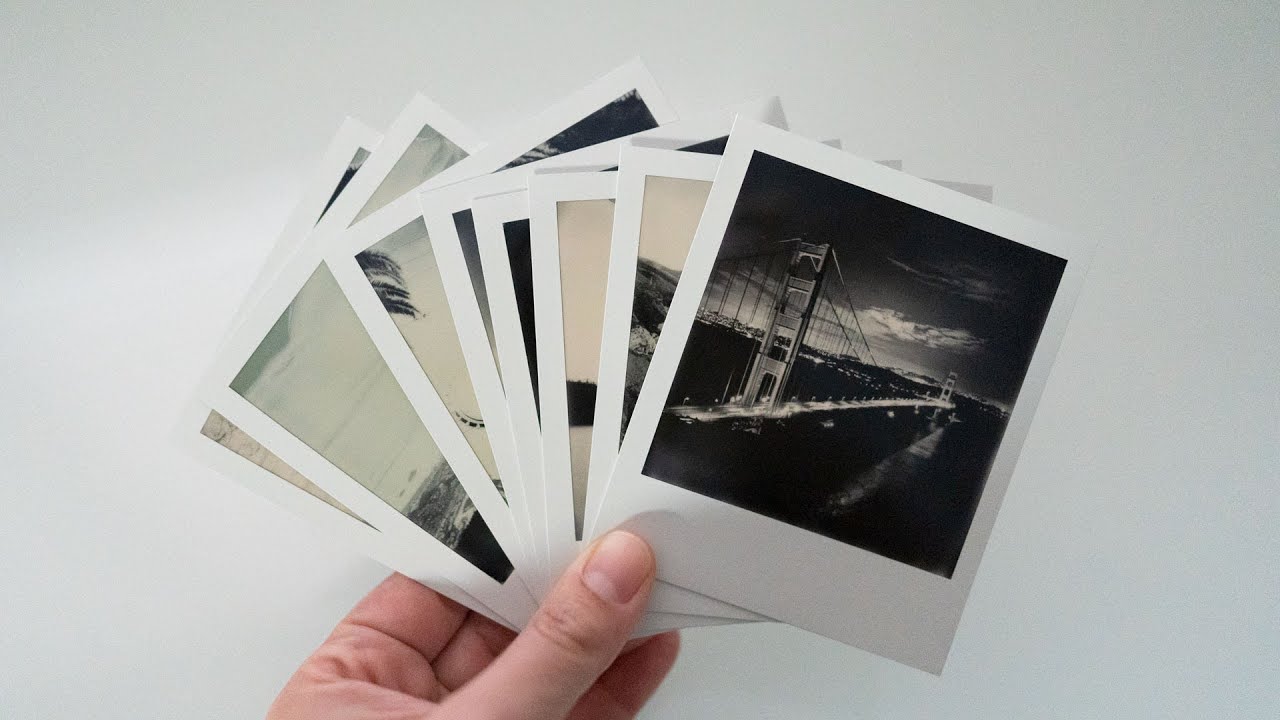
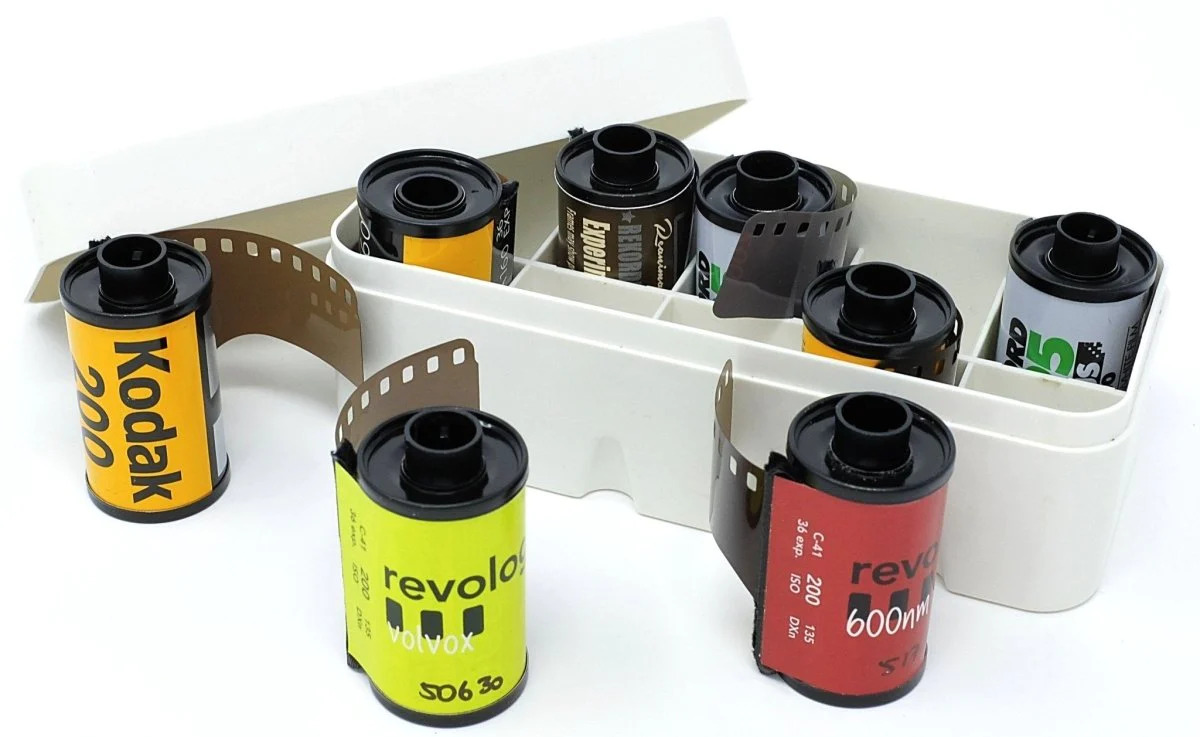
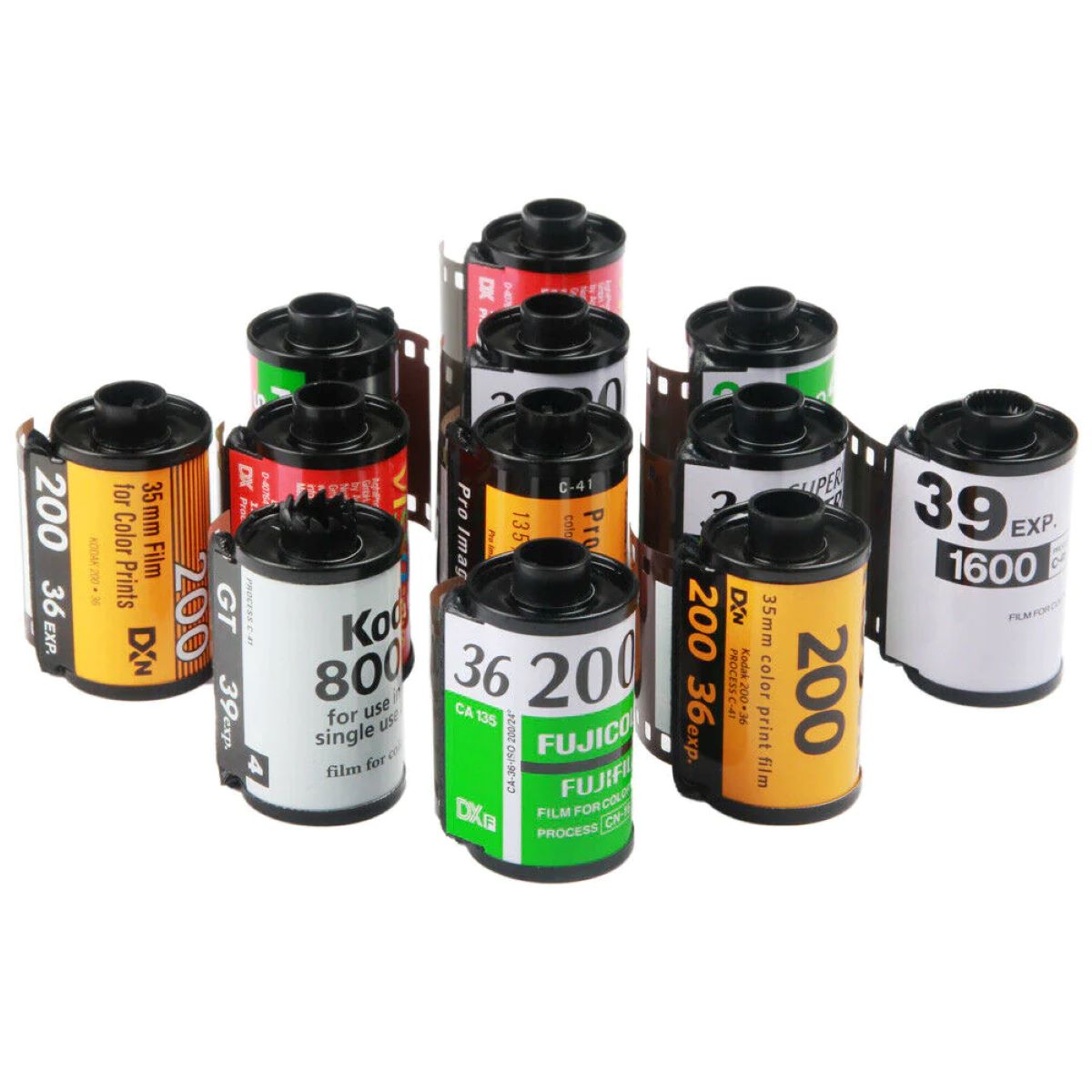





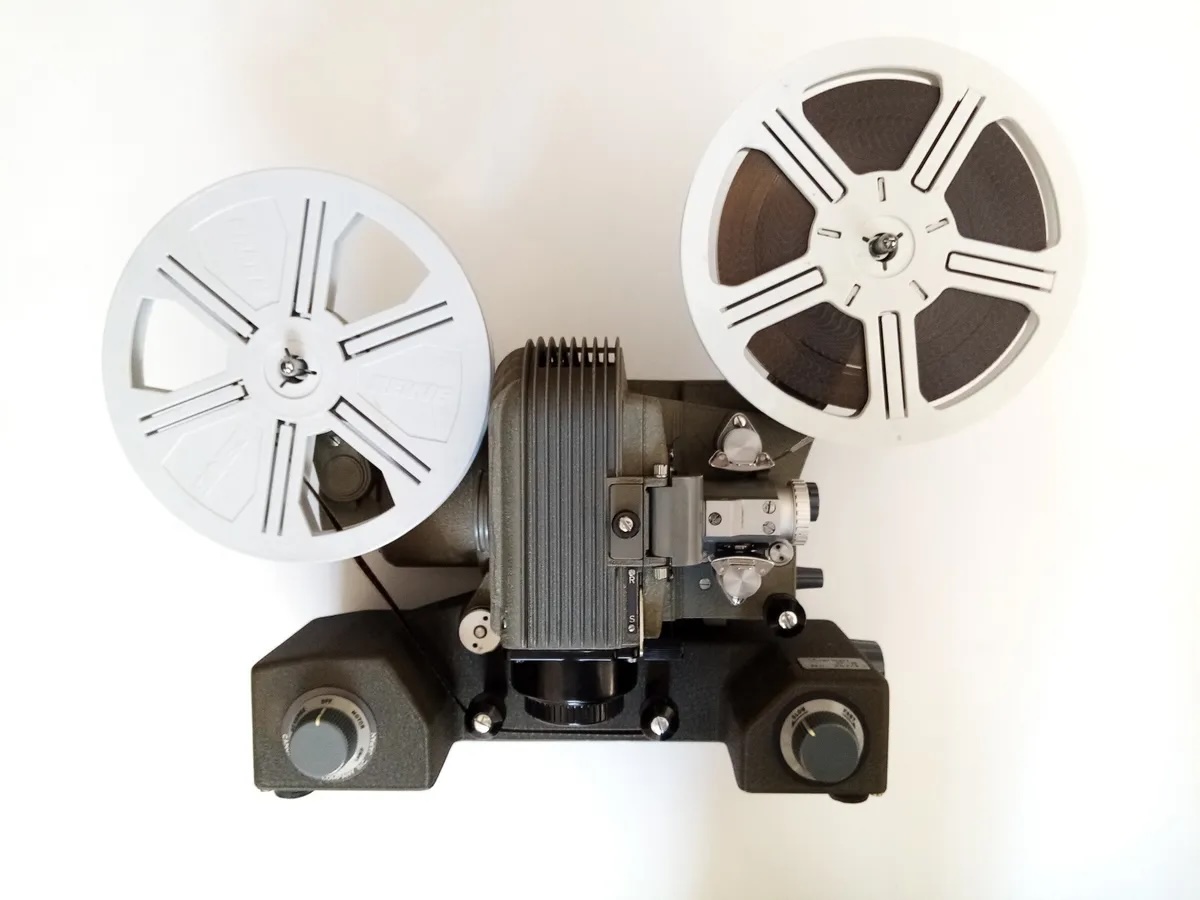

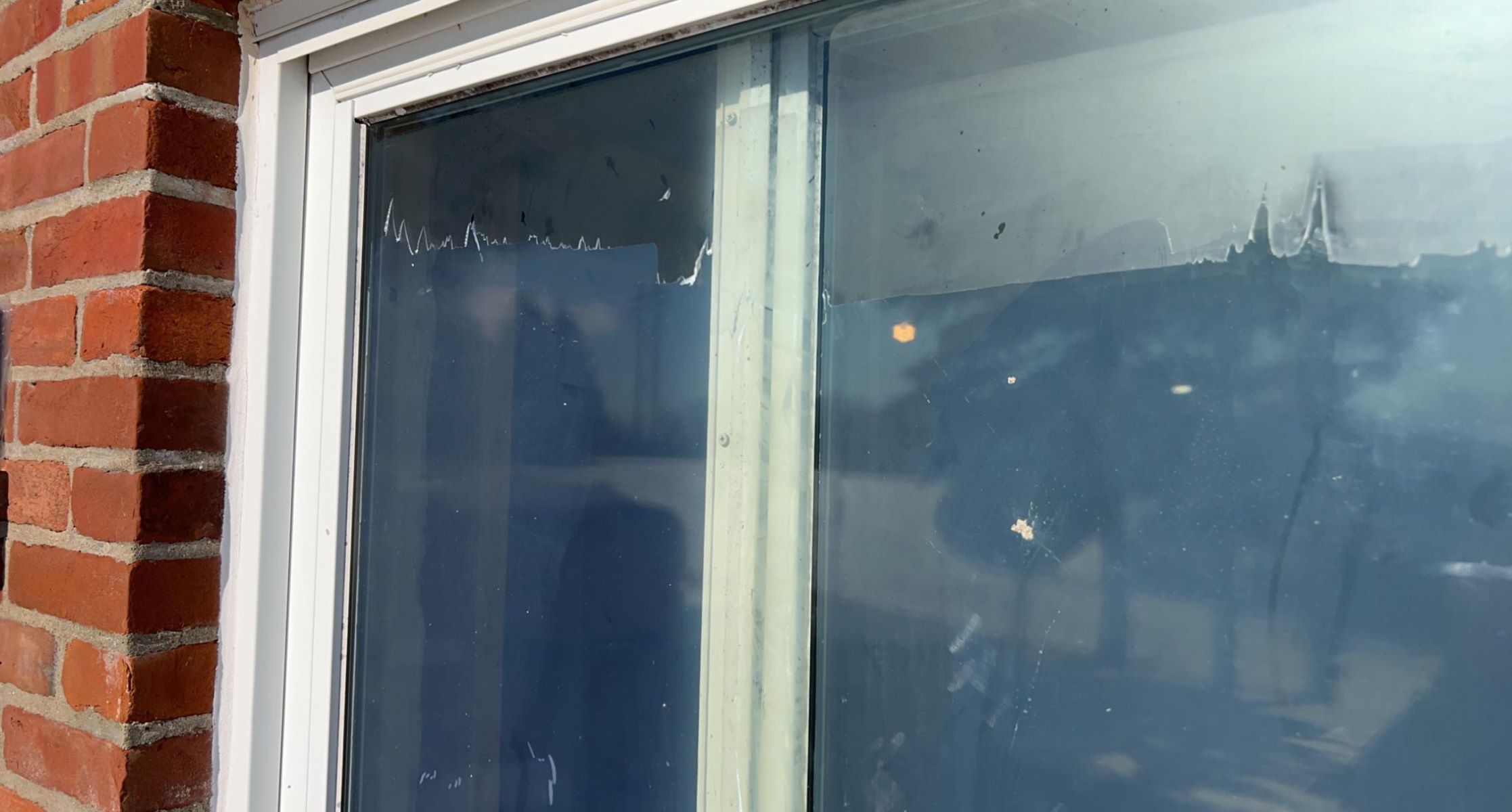


0 thoughts on “How To Store Developed Film”